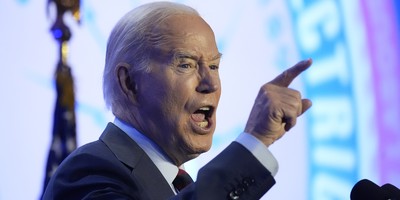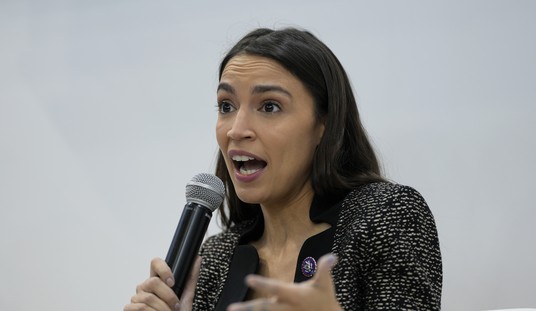“Too big to fail.”
Americans have come to loath the idea that some business enterprises are so important and so “big,” that they can’t be allowed to fail - especially as it regards large corporations that “need” government bailouts. But have we developed a similar disdain for government programs that are treated as though they can’t possibly be failures?
After last week’s State of the Union Address and Republican presidential debate, one might think that the issue of “more or less government” in our lives is merely another consumer choice - kind of like Coke or Pepsi, McDonalds or Burger King. For example, as he recently reviewed America’s debate over President Obama’s government healthcare law, Columnist Carl M. Cannon characterized the battle this way:
“To liberals, the Affordable Care Act of 2010 is a step toward ensuring improvements in health benefits, lower costs, higher quality care, economic security and fiscal sanity. Republicans, who invariably call it “Obamacare,” almost universally describe it as costly, intrusive, economically disastrous -- and a violation of the Commerce Clause of the Constitution.”
In reality, the choices we make for our nation’s public policy are not all of equal merit – some can enhance our freedoms and our quality of life, while others clearly make matters worse. And many government programs that are intended to “solve” problems – most of which come from Democrats, but far too many of which come from Republicans – often times make matters worse.
It’s difficult to argue that President Obama’s healthcare reform law has solved any problems at all (notice that he’s not campaigning on the law’s success, but rather, on an agenda to protect it – “we can’t go back” he often notes). But let’s consider another signature program that the President has championed these past three years – his “Making Home Affordable” mortgage rescue initiatives.
Recommended
Protecting one from losing their home may have seemed like an act of compassion. But in 2009, it became a matter of federal policy as the government intervened to try to curtail foreclosures.
In March of that year, President Obama introduced the set of federal policies budgeted to cost $75 billion in TARP funds, and which were intended to help make it “easier” for homeowners to remain in their homes and to continue paying on their mortgages.
The effort itself was complex and was formulated with both federal guidelines, and guidelines to be established by each of the individual fifty states. The effort also proved to be so confusing that about six months after the its inception, FreddieMac (one of the lenders that was offering the so-called “affordability assistance” to some of its borrowers) actually hired a private firm to send trained professionals door-to-door in certain regions of the country to explain to homeowners how the program worked.
The objective of “Making Home Affordable”—reducing monthly mortgage bills so borrowers would presumably keep paying on their mortgages—was to be accomplished on a case-by-case basis, and by a variety of means. Among the optional procedures were: lowering the interest rate of the loan (to as low as 2 percent in some cases); reducing the principle on the loan; and extending the term of the loan, in some cases to a maximum of forty years.
The government stipulated that, for certain qualified mortgage holders, loans that were held by the government-controlled Fannie Mae and Freddie Mac would be refinanced or otherwise “modified” to provide the borrower with more manageable monthly terms. Not surprisingly, the government was also able to get some of the lenders who accepted “bailout funds” to follow suit, and begin modifying the loans of their struggling clients as well (even though to do so meant that these lenders would be working against their own interests, and foregoing revenues that they were clearly entitled to collect).
It all seemed like a great idea. But as is so often the case when the government intervenes into the free market, the results produced by the “Making Home Affordable” initiatives have been less than desirable. Within the first eighteen months of the program’s beginnings, more than 50 percent of the participants in the program ended up falling behind on their payments again. Our government’s well-intended effort to “solve” the mortgage default problem gave rise to an entirely new problem—the phenomenon of “re-defaults.”
And here’s another problem with the program: it focused on mortgage borrowers who were not keeping their commitments, and extended to them a benefit, while more responsible borrowers who were current on their payments received no benefit from their government at all. This is to say that, for all the good intentions involved, the “Making Home Affordable” program rewarded bad behavior – and produced more bad behavior in the end.
This is but one example of a well-intended government program that has cost the American taxpayer enormous amounts of money, has undermined hard working people who play by the rules, and has produced more negative consequences. Has it failed? Not according to our government.
The choices between big government and limited government are not inconsequential. Americans need to think, before they vote.

























Join the conversation as a VIP Member